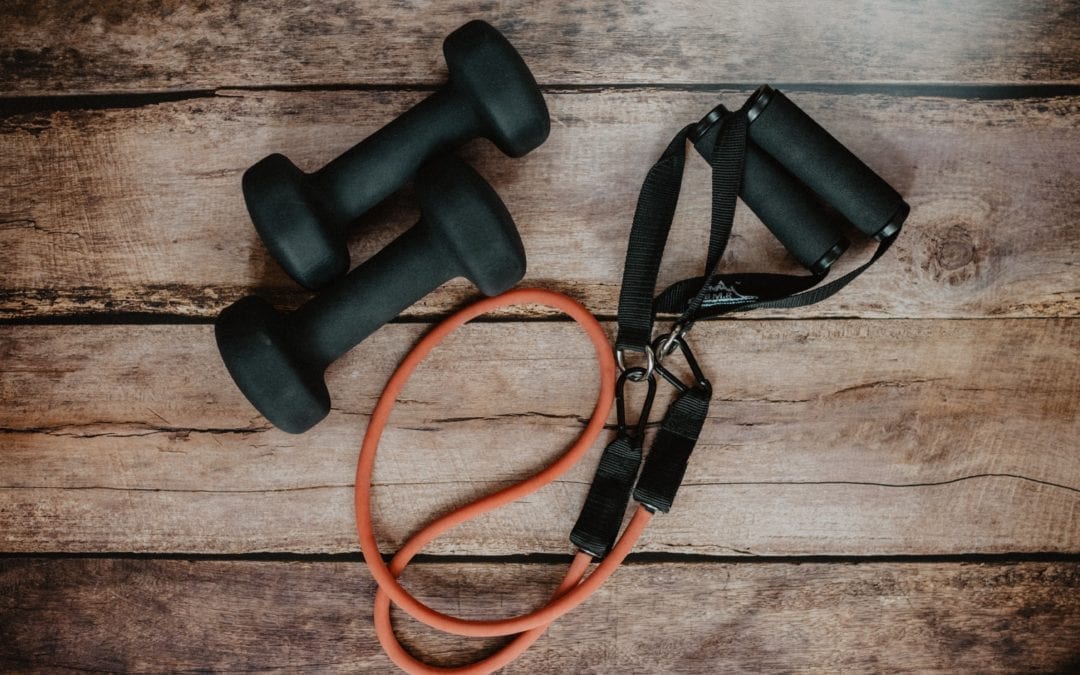Stress and anxiety are two sides of the same coin. We experience stress in the presence of a stressor such as an activity or event, like a pandemic. These stressors trigger the sympathetic nervous system which sends our body into a fight or flight response. Anxiety is a stress response without the presence of a stressor. Our brain starts to become incredibly creative, creating scenarios that could possibly happen but in reality, are not happening. This can cause our bodies to start reacting to these scenarios as if they are real and before we know it, we are stuck in a cycle that can be hard to break.
When we can identify that we are being reactive to situations that aren’t actually a threat to us, we can then begin to respond differently. In order to do so, we have to develop a sense of awareness which can be achieved through mindfulness. Mindfulness teaches us how to notice what is happening in the present moment, rather than simply being reactive to thoughts and feelings. We can learn to focus on the what IS versus the what IF. It is helpful for the reduction of stress and anxiety but in order to achieve the best results, you have to know how to use it.
A great way to begin practicing and developing mindfulness is through working out. For example, if you were learning tennis, you’d practice your swing over and over again so that when you are in the heat of the game, you don’t have to think about the movements you are going to make, you can just perform. Practicing mindfulness is similar – you practice the skill frequently so that when your mind is running away with anxious thoughts, you can call on the skill and quickly return to the reality of the present moment.
Below are tips for incorporating a mindfulness practice into your workouts. This practice will not only improve your workout performance but will also build your mental flexibility and ability to redirect when you encounter stressors.
1. Set an intention.
What are you planning to do and why? Intention is about preparing yourself mentally for the challenge ahead and helps maintain your focus.
2. Focus on your breath.
Not only does it help with improving the efficiency and effectiveness of the workout, it helps to ground you in the present moment.
3. Notice your form.
Posture and alignment are important to keep you safe from injury. Notice each movement you are making with intention.
4. Notice what you are thinking about.
When you notice that you are thinking about what you need to do next in your day or about what you want for dinner, or wishing things were different, shift your attention back to the body.
Practicing mindfulness doesn’t have to take up additional time in your schedule. Start your mindfulness practice with your next workout and see how it can impact mindfulness in your everyday life.

Kari Gregory is a Licensed Professional Counselor certified in Cognitive Behavioral Therapy. She specializes in the treatment of Anxiety, OCD and related disorders. You can learn more about Kari here. .


